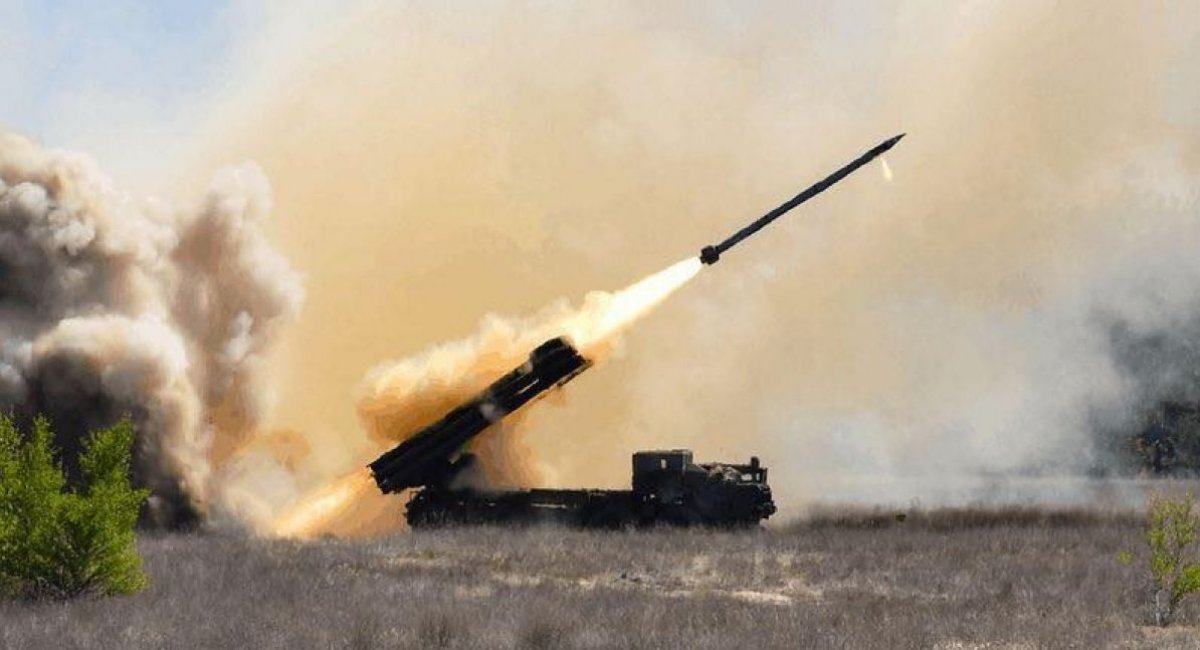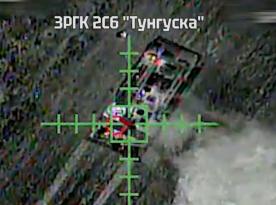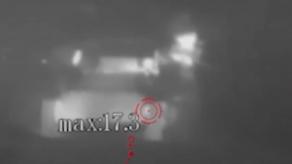The Ministry of Defense of the russian federation has reported three waves of artillery rocket attacks on Belgorod, russia. Four rockets at noon (Moscow time), followed by five at 13:00, and another eight rockets at 14:30 of the same type were "shot down by air defense," as stated in the official social media of the ministry, totaling 17 rockets.
The weapon of attack is notable: Vilkha multiple launch rocket system, as claimed. There is little data about Ukrainian forces using this system since the outbreak of the russian invasion, and even less visual evidence, making it an interesting episode to discuss.
Read more: Missile Falls on russian Village Without Reaching Ukraine: What Weapon Bombed Petropavlovka and Why it Could Happen
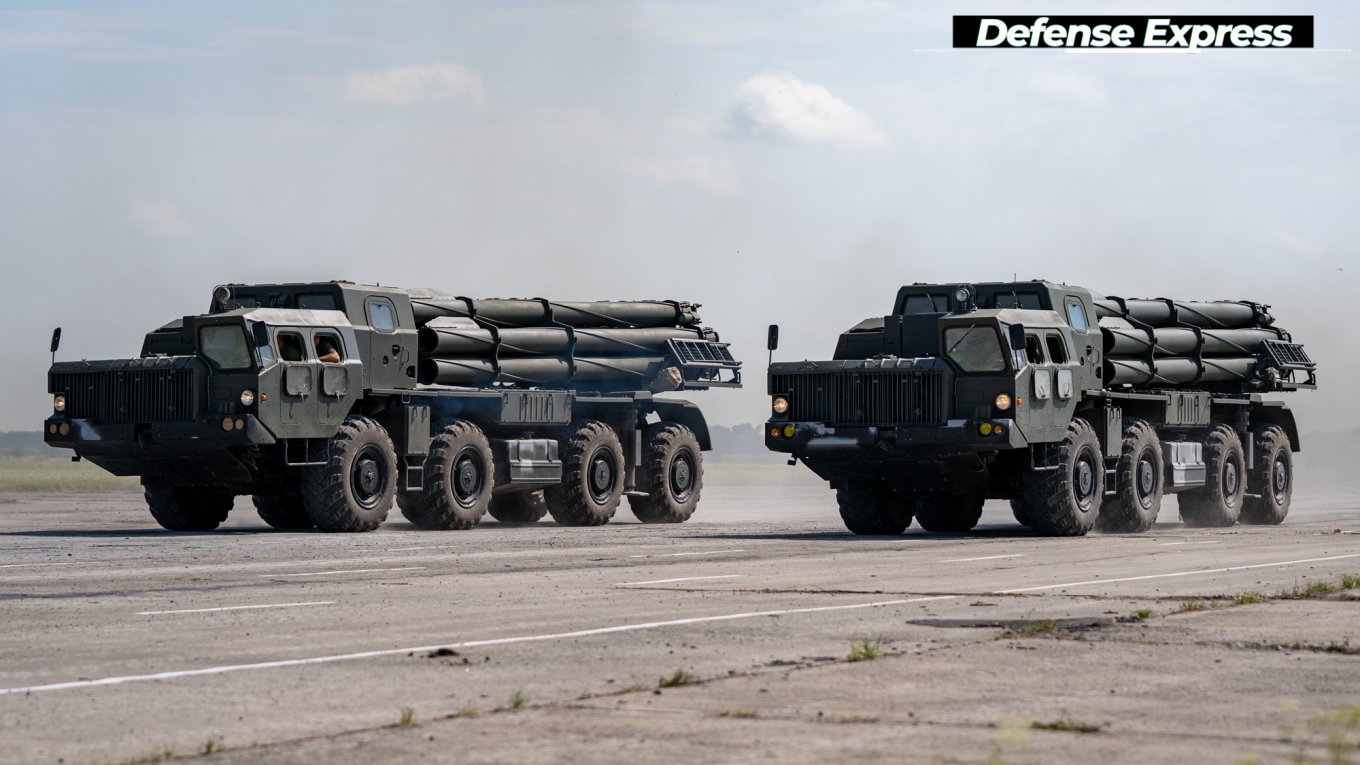
First, here's what the russian side asserts. Local authorities report damage and casualties, although no visual evidence is provided. Moreover, the same rockets, according to the russian MoD, also targeted Belgorod on December 30th, paired with artillery rockets launched by Ukrainian RM-70 Vampire systems.
At the same time, the combat application of Vilkha rocket systems by Ukrainian forces remains one of the most obscure topics. There were only two credible reports of Vilkha MLRS deployed for strikes on russians: one is a video from ArmyInform, in which an artillery rocket system, identified by Defense Express as Vilkha, was launching a strike on russian positions back in July 2022.
Apart from that, there is the now deleted post from Luch Design Bureau saying the Vilkha system had carried out 50 successful strikes of russians. The report dates March 3rd, 2022. That is, exactly one week since the beginning of the russian full-scale invasion of Ukraine.
Not a single Vilkha/Vilkha-M has been recorded by OSINT researchers as lost in hostilities either.
Worth noting, the Vilkha system and its modernized Vilkha-M variant are not common weapons of Ukrainian artillery forces. This system was in its final testing stage in Q4 2021 and should have been commissioned to the Ukrainian military in 2022.
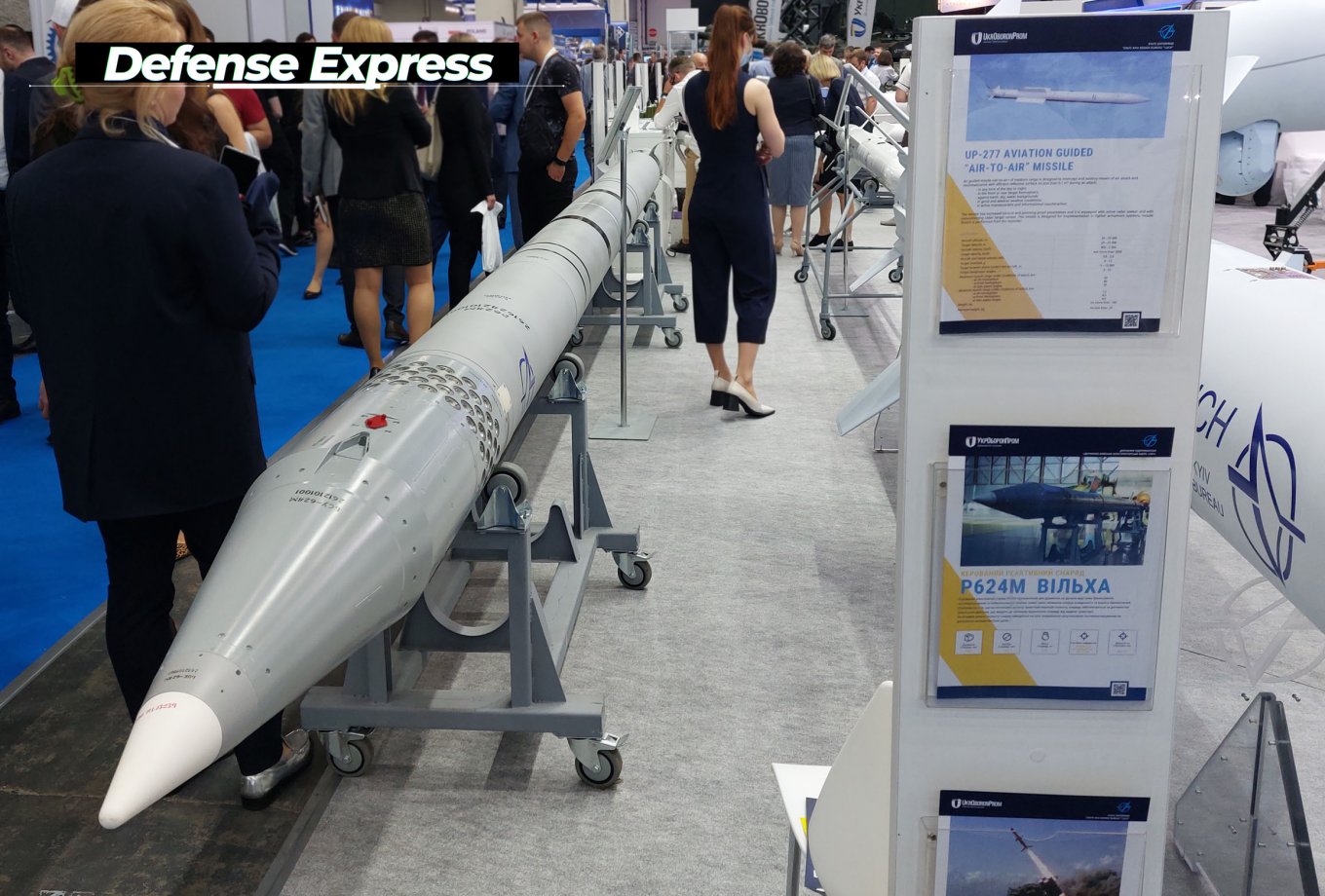
Derived from the BM-30 Smerch rocket launcher, both versions of Vilkha utilize 300mm R624 rockets. The latest Vilkha-M modification has a range of 110–130 km (varying in different sources) which makes it one of the two most far-reaching assets in Ukraine's arsenal of domestically produced weapons. The other one is Tochka-U with a maximum range of 120 km. Given the rule imposed by Ukrainian partners to not use their weapons against targets on russian territory, practically, only these two weapons are capable of launching tactical strikes on targets within russia.
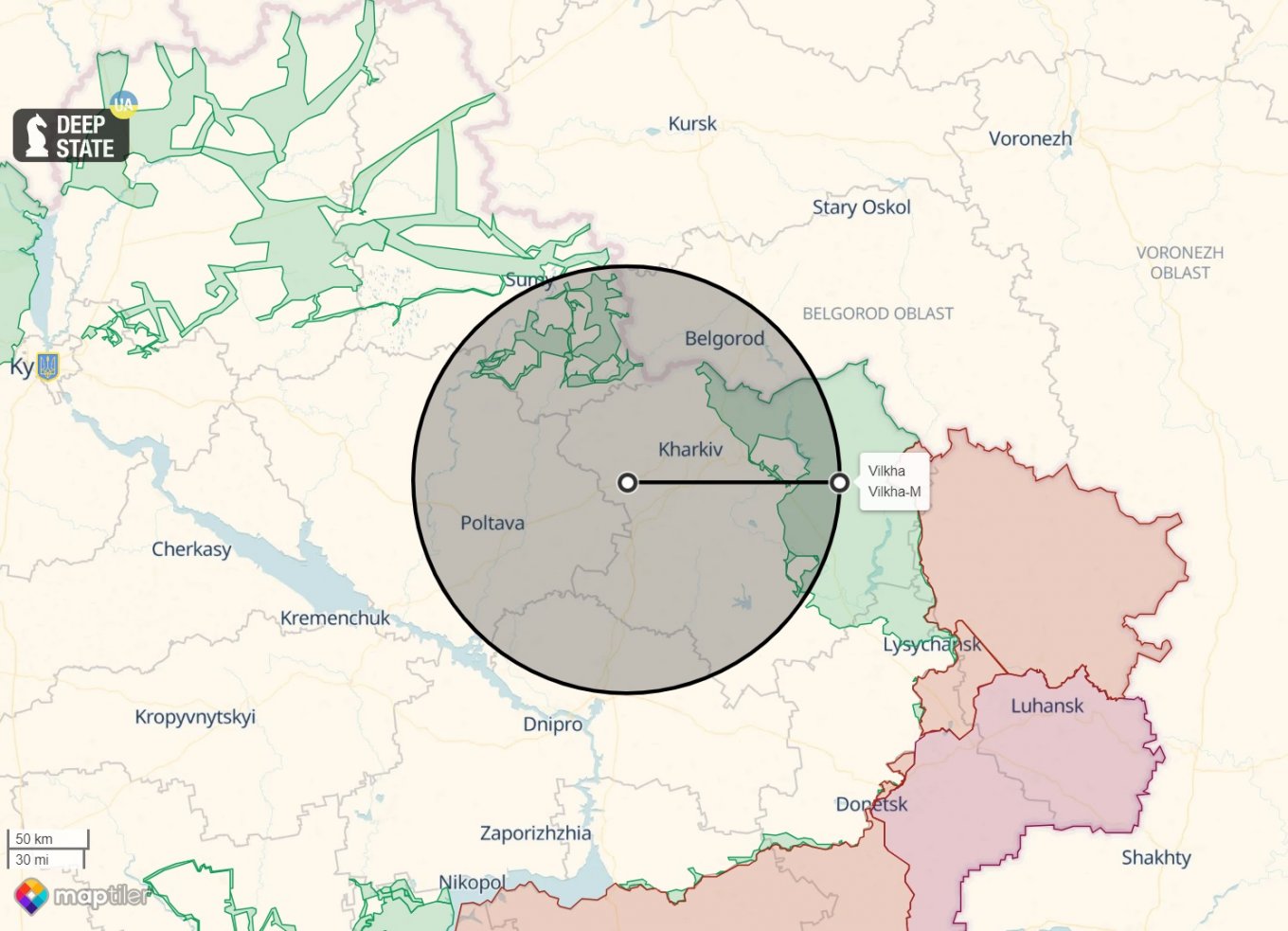
And the russians are well aware of it. In stark contrast to Ukrainians barely sharing a word about their rocket system, official reports by the russian defense ministry have mentioned Vilkha at least a few times a month since July 2022, mostly as a weapon that constantly tries but cannot reach its targets because all its rockets get "successfully taken down by air defense."
Archive exclusive footage from Vilkha tests in 2020
In the russian media, Vilkha MLRS has essentially become a "wunderwaffe" with an unlimited stockpile of spare rockets, even though the Ukrainian manufacturer struggled with this project even prior to the russian offensive starting in 2022. Officially adopted by the Ukrainian military in 2018, Vilkha/Vilkha-M testing and supply deadlines were repeatedly postponed, resulting in over a year of delay. The current state of the development and production program is not disclosed.
More details about the Vilkha system can be found in our slightly outdated yet detailed article.
Read more: Ukrainian Special Forces Adjuste the HIMARS Fire on the Enemy Air Defense System (Video)




